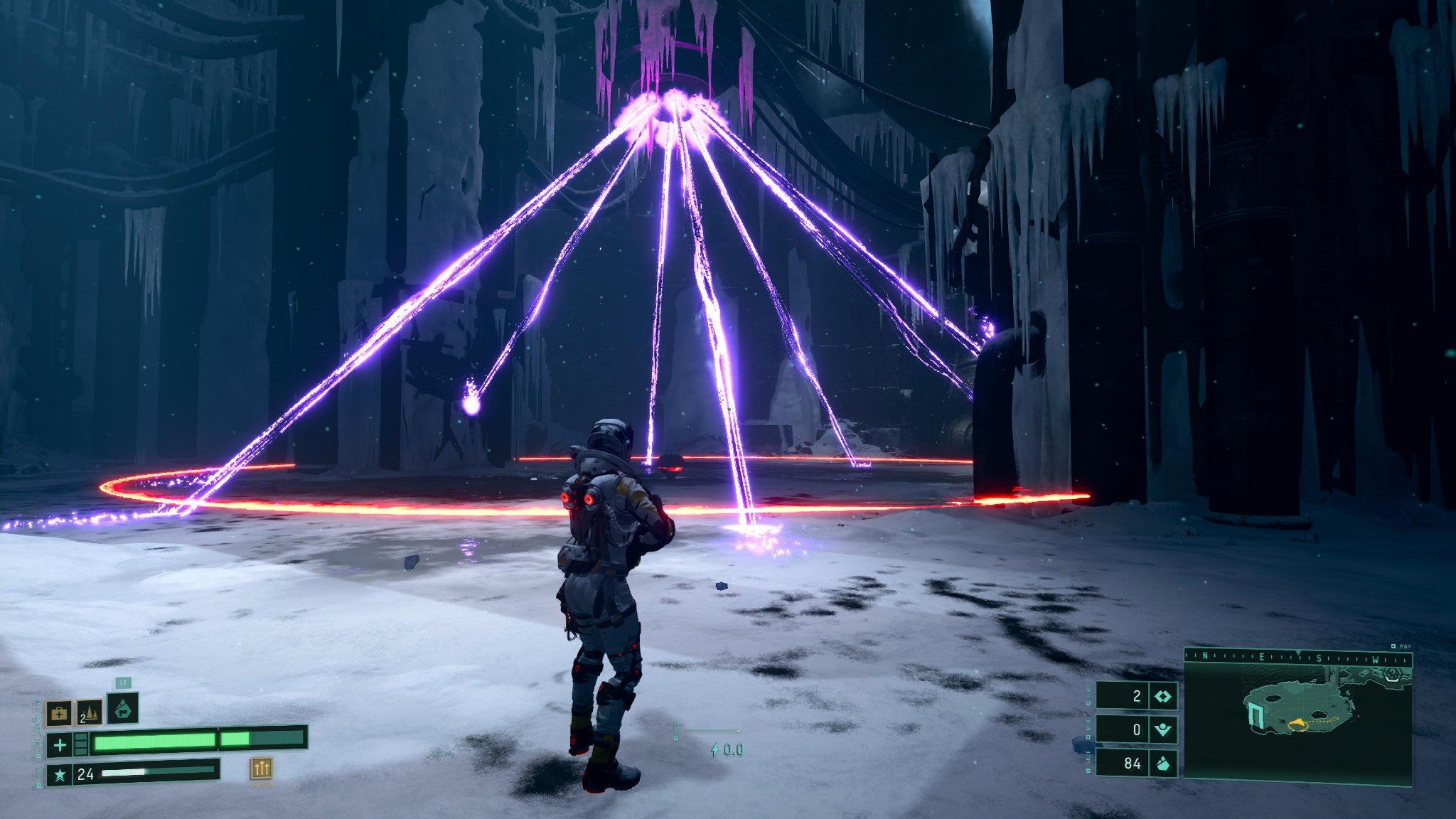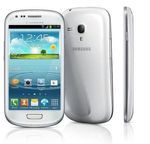Google Nest Hub (2nd Gen) review - Android
Google’s latest smart display, the second generation Nest Hub, arrives as a more well-rounded yet less expensive successor. It comes in new colors, has a more eco-friendly design, offers 50% more bass, and includes a handy new feature — sleep tracking. All of this and it’s 30% cheaper.
We’ve had this second generation device on a stand next to bed for a few weeks now, using it for an array of purposes. How does it fare? Is it worth picking up or adding to a smart home? Read on to find out.
Sleep Sensing is the key feature, and biggest selling point for the Nest Hub (2nd Gen) and for a good reason. According to Google, one in every five (20%) of its first generation Nest Hub is found in the bedroom. Why not add an optional capability that tracks sleep patterns and quality since it’s quite possibly going to be sitting on a night stand?

The new Sleep Sensing technology utilizes Google’s Soli miniature radar technology to detect sub-millimeter movements of the person who sleeps closest to the display. There are no cameras present, not even one that has a toggle.
Using other sensors, such as ambient light and temperature, the Nest Hub promises to keep an eye on your sleep habits and activity. Indeed, it can tell the difference between lying still and watching TV or reading and heading off to la-la land.
What is setup like for the Nest Hub (2nd Gen)?
If you’ve ever set up a smart display or speaker, you’re more or less familiar with things. Upon powering it on you’ll go through a guided process with the Google Home app on your phone. You won’t configure any real sleep settings in the initial stages.
Should you decide that you do want to use your Nest Hub for Sleep Sensing you’ll walk through a separate set of instructions, including assistance on how and where to place the device. Additionally, you’ll get into bed and lie still for a few moments so that it can calibrate itself. After that you’re good to go.
 via Google
via GoogleHow does the Sleep Sensing work?
In short, it’s pretty damn cool. As far as accuracy goes, it was a mixed bag at first. It seems we didn’t have it properly calibrated and in the right place. You should take every effort to place it in a spot that is level with your bed and not very far from it.
After a second calibration a few days later we found it did a great job of calculating the time we spent in bed, how long we slept, and the quality of sleep.
A Respiratory Wellness feature can detect how often you’ll cough or snore during the night and can even calculate the number of breaths you take per minute.
Should you (or the Nest Hub) find that you’re not getting ideal sleep, it can make suggestions for you. Maybe the lighting changes in the middle of your sleep that causes you to become restless. Or maybe the temperature is a little too warm for quality sleep. Coughing too much? Maybe you’ll want to look into cleaning air ducts or dusting things off.
 via Google
via GoogleLikewise, the Nest Hub takes your schedule into consideration and tells you whether or not you’re spending too much time waiting to fall asleep. If that is the case, it may suggest a wind down process at night or offer to play calming sounds.
Upon waking each morning you receive a sleep report which tallies quality, duration and schedule and visually represent things in a Venn diagram of sorts. The goal is to have as close to a purple circle as possible.
Sounds great, what else?
As awesome as the Sleep Sensing feature is, the Nest Hub only keeps track of the sleep that happens in bed. If you are like us, you tend to fall asleep in a chair or on the couch.
When you get up and stagger to bed at 2AM you’re not only late for your scheduled time, plus it thinks you’re also not getting enough sleep. It doesn’t know about the three hours you just spent on the sofa. This is an area where it may still make sense to have a wearable device.

With that said, it stands to reason that maybe you ought to go to bed earlier or at least try to fall asleep in bed. You’d be doing your body more than one favor.
Spend a few nights away from home every so often? Or, travel as part of your career? The Nest Hub won’t be able to collect that data, and it won’t help your running average. On a positive note, it’s a pretty compact unit and easy to pack if you want to pack one.
What about privacy?
What sort of information does Google gather while you sleep or curate? Well, since there’s no camera, Google isn’t recording any facial images or movements and it’s definitely not recording videos. There are microphones for voice commands and prompts, light and temperature sensors, and the Soli sensor for gestures.
Sleep Sensing, it should be noted, is entirely optional for users. If you’re not interested in using it in the bedroom, which the majority of people won’t, you don’t have to use that feature. It’s a simple setting in the device. Other than that, the new Nest Hub captures no more data than your Google Home or Nest Mini.
Free Trial
If you do like Sleep Sensing, you should know that it’s only a free preview through 2021 and into some point next year. According to Google, the Sleep Sensing tech and features will be later be folded into the larger fitness plans that include Fitbit.
Enjoy a preview of Sleep Sensing. It’s free until next year. As we learn and innovate on this new technology, we’re excited to explore how this can become a part of the Fitbit and Fitbit Premium experiences in the future.
Google, on the nest hub’s sleep sensing
We suspect Google will fold that feature and capability under the Fitbit umbrella and tuck it behind a paywall of sorts.
Tell us about the other features
The Soli Motion Sense isn’t about helping in the Sleep Sensing feature. Indeed, the mini radar aids in gesture controls for dismissing timers and alarms or pausing and playing content. All it takes is a quick pat of the air facing the Nest Hub.
The gesture control is fun and handy to have in the kitchen should you be working on a meal and have messy hands. After a few weeks it becomes as mindless and simple as asking Google to pause or stop. Along those lines, we cannot help but feel like we’re not far away from swiping to control music or other media.
The machine learning chip that’s found in newer Google/Nest devices is also present. This helps the Nest Hub learn your most common commands and process them locally, speeding up response times ever so slightly.

Google claims the new Nest Hub has 50% more bass than its predecessor and we found it to be noticeably louder than the first generation. Sound is decent but definitely not premium or strong. It’s serviceable for YouTube videos, Netflix, or casting, and holds its own when added to a party, but it shouldn’t be treated as your center of attention for social gatherings.
There are other untapped capabilities in the Nest Hub, including support for Thread, a low-energy IPv6 protocol for connecting third-party devices. Once turned on it will make Thread-certified devices like those from Nanoleaf, Nordic, and Eve work even better together.
Conclusion
Even with the unknown pricing and features of Sleep Sensing beyond its free window we feel good recommending the Nest Hub.
The new Nest Hub has all of the great things that we fell in love with in the first generation, including the digital picture frame, controls for smart homes, access to cameras and doorbells, and more. Then you add in an optional Sleep Sensing feature and gestures, and offer it all up for just under $100. How can you complain? We can’t.
The second generation Nest Hub is great successor to the original design in that it balances minor amounts of revolution and evolution. Already more capable directly out of the box, we suspect it gets even better with time.
04/05/2021 10:00 PM
Amazon's latest crop of Echo deals take as much as 50 percent off
04/05/2021 01:46 PM
Returnal for PS5 is a magnificent DualSense showcase
04/05/2021 09:30 AM
Boost Mobile's Unlimited Plus plan throws in free virtual doctor visits
04/05/2021 11:45 PM
New G Pay Button Increases Conversion Rate
04/05/2021 08:24 PM
Four years later, Samsung stops updating the Galaxy S8
04/05/2021 07:33 AM
Google accidentally confirms the name of its new cheap Pixel Buds
04/05/2021 08:01 PM
Twitter Subscription Plans Now Include Ad-Removing Service Scroll
04/05/2021 11:41 PM
Donald Trump's response to social media bans is... a blog
04/05/2021 11:09 PM
- Comics
- HEALTH
- Libraries & Demo
- Sports Games
- Racing
- Cards & Casino
- Media & Video
- Photography
- Transportation
- Arcade & Action
- Brain & Puzzle
- Social
- Communication
- Casual
- Personalization
- Tools
- Medical
- Weather
- Shopping
- Health & Fitness
- Productivity
- Books & Reference
- Finance
- Entertainment
- Business
- Sports
- Music & Audio
- News & Magazines
- Education
- Lifestyle
- Travel & Local





